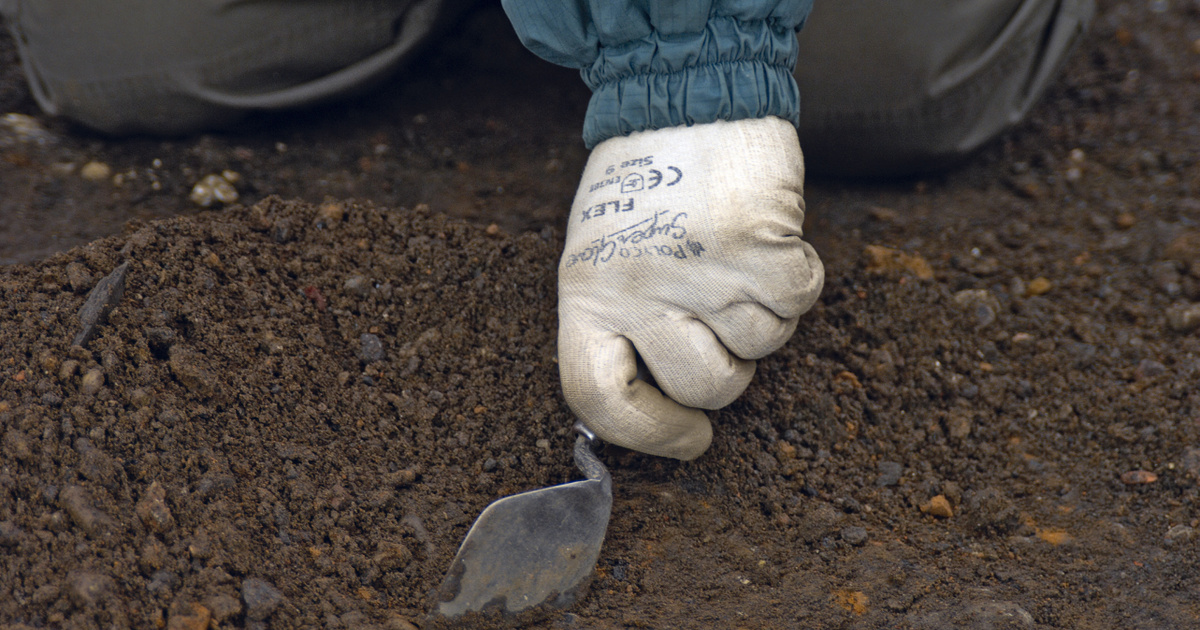The arrowhead, which can be dated between 900 and 800 BC, was found in Mürgen near Lake Biel in Switzerland. According to a study by the Museum of Natural Sciences, the arrowhead was made of iron from a meteorite that landed in Estonia. CNN.
This indicates that meteoric iron was already being traded in 800 BC or even earlier.
According to the researchers, it is unusual for meteorite iron to be used so early in history.
Evidence for such an early use of meteoric iron is extremely scarce
they wrote. At this time, people did not smell iron from oxide ores. According to the study, a small amount of metallic iron can be found in the impact zones of meteorites.
Objects similar to the arrowhead have already been found in Turkey, Greece, Syria, Iraq, Lebanon, Egypt, Iran, Russia and China, but so far only in two places in central and western Europe, both of which are in Poland. Morrign’s discovery is the third.
Where does it come from?
Experts previously believed that the iron used in the arrowhead came from the Twannberg meteorite, which fell to Earth a few kilometers from the pile house. However, analysis of the iron showed that it did not come from the meteorite that struck Poland.
According to the researchers, the arrowhead was most likely made from a piece of meteorite found in Kalijarv, Estonia.
This meteorite struck around 1500 BC and shot off many small fragments. Some parts may have been sent to the southwest along the trade routes, that is, to Switzerland.
In the Bronze Age, there was already an active trade through the amber route.












































